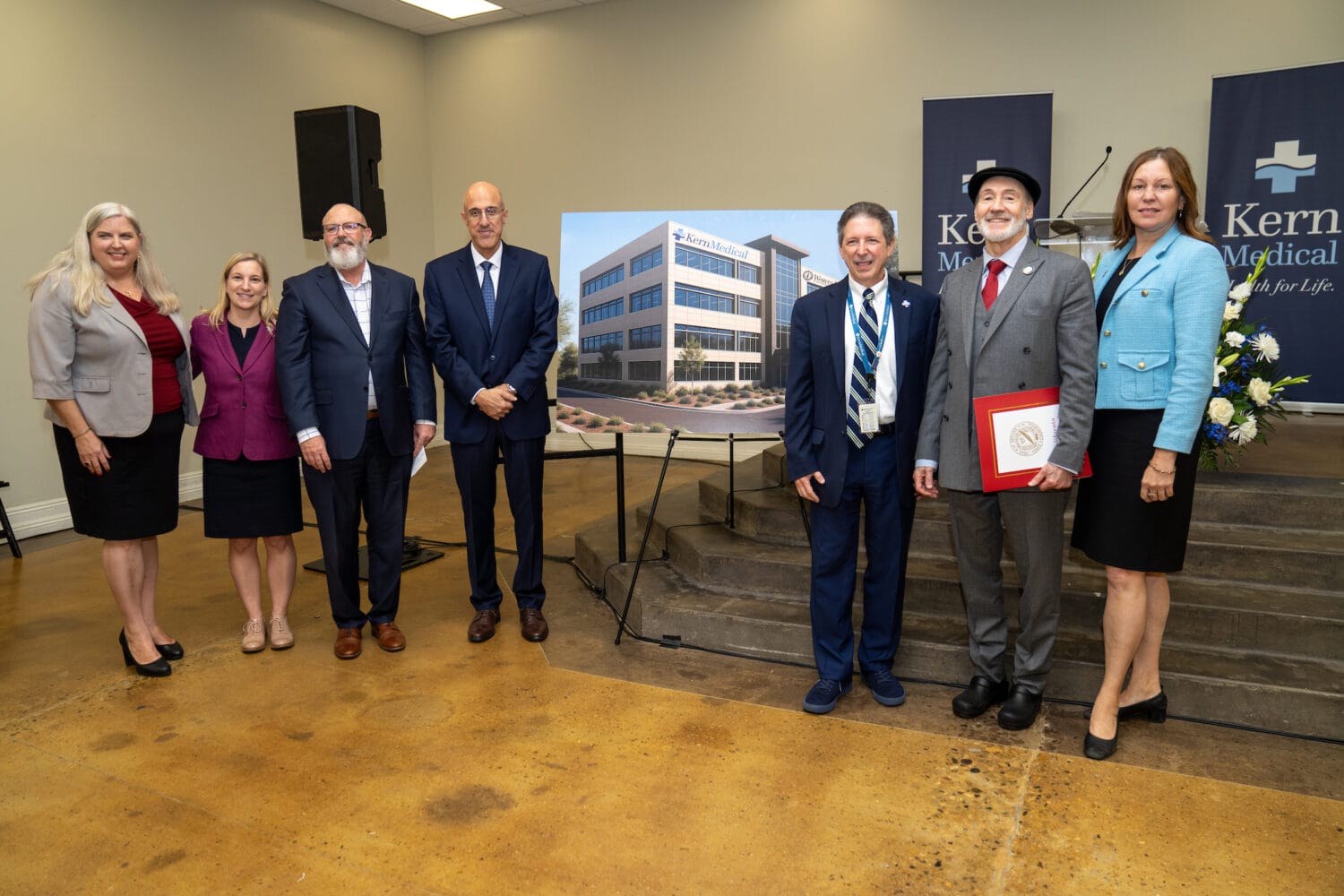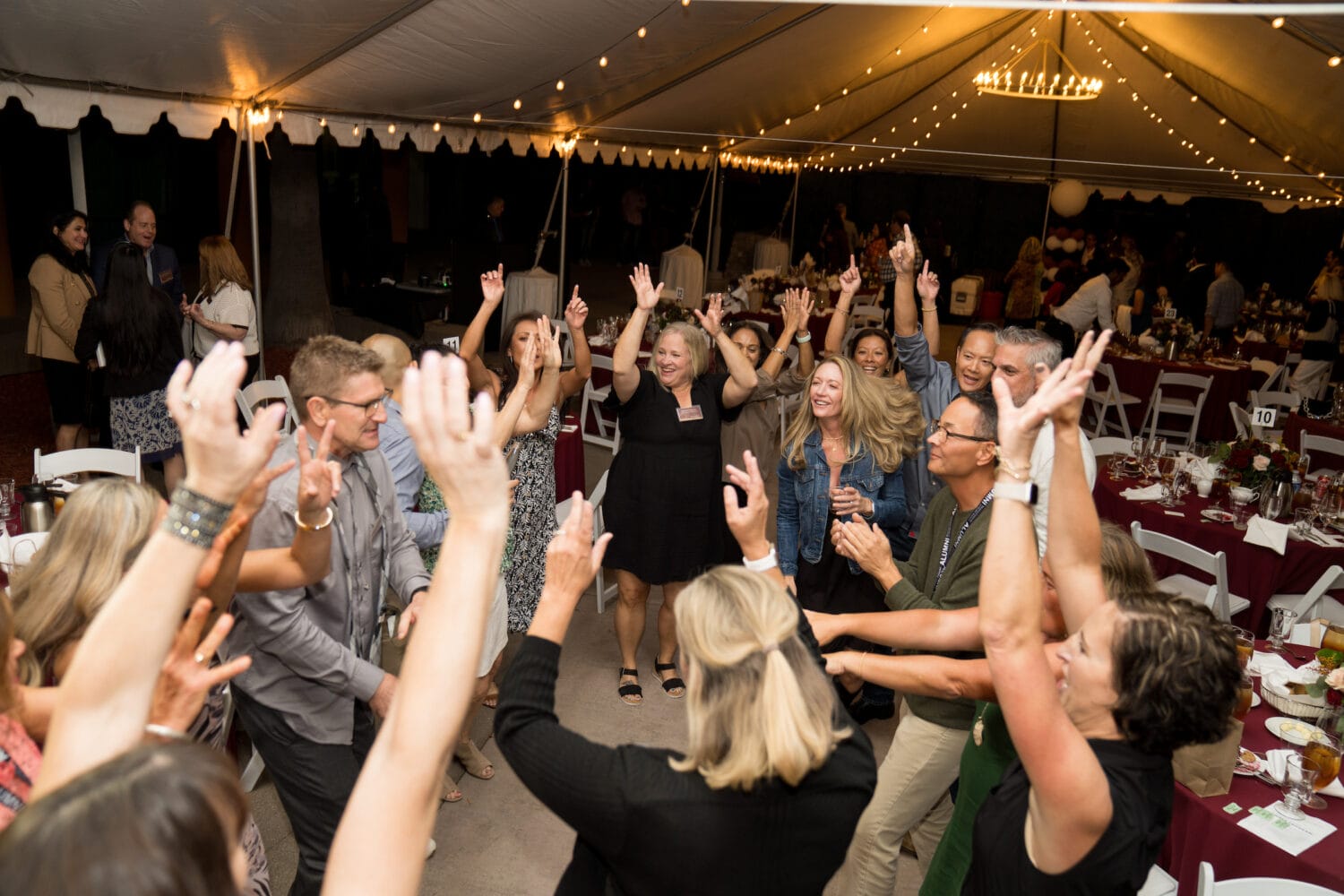College of Dental Medicine uses blended learning and flipped classroom to engage students
First-year College of Dental Medicine (CDM) students participated in a revolutionary hybrid head and neck anatomy course during the fall term of 2014, using an adaptive learning platform along with blended learning and "flipped classroom" techniques.
The course content was delivered to the students using high-powered, adaptive learning, faculty-authored software from RealizeIt, which employs algorithms to predict and track proficiency of knowledge from each of the 69 CDM students. The flipped part of the classroom provides students with groups or stations to learn in hands-on environments while interacting and solving problems. At the heart of the flipped classroom model is active learning: Students review didactic information in advance of classroom sessions so that classroom sessions can be used for active or kinesthetic learning.
"We are pioneering this whole leading-edge concept here at WesternU," said Robert Hasel, DDS, College of Dental Medicine Associate Dean for Simulation, Immersion, and Digital Learning. "We are the first health science class in the U.S. to implement a class on this level, on this platform, in this learning environment."
Hasel said that when students solve problems as part of a team, they gain understanding at higher levels of learning, with more retention.
"This is where critical thinking is at the highest level of learning, and has the greatest retention rates long-term," Hasel said. "Studies have shown that long-term retention rates in that level are anywhere from 70 to 80 percent, where in a lecture hall setting, long-term retention rates are between 5 and 10 percent."
College of Osteopathic Medicine of the Pacific and College of Dental Medicine Associate Professor of Anatomy Vicki Wedel, PhD, F-AAFS, wrote the online and flipped classroom curriculum. Dr. Hasel and CDM’s Briana Sanders, who helped develop the program into the platform, worked with Dr. Wedel over a four-week period to teach this next-generation course.
Wedel said the class is based on guided learning through the RealizeIT Head and Neck Anatomy curriculum. The flipped classroom sessions included hands-on activities, clinical case studies, group presentations, and custom CDM versions of "Radiology Jeopardy" and "Who Wants to Be a Dental Millionaire?" games. Thieme medical publisher’s online Thieme Dissector, which included narrated video and electronic quizzing capabilities, was used to guide cadaver dissection activities each time.
Students improved their written final exam average from last year’s 76 percent to this year’s 88.7 percent, and last year’s lab practical of 63 percent to this year’s 88 percent, Wedel said.
First-year CDM student Nahvid Jafarnejad describes himself as a hands-on learner, and thought having a flipped classroom helped students learn differently through the use of workstations and by interacting with peers, which supplemented what was taught.
Jafarnejad said he could see the model being implemented in other classes.
"It appears they’re trying to steer away from passive lectures, where you are just sitting and listening, because you are not using all your senses," he said. "With the flipped classroom, you are not just using your eyes and ears, you’re actually touching things, brainstorming, asking each other questions and getting feed back. It helps you remember things better."



